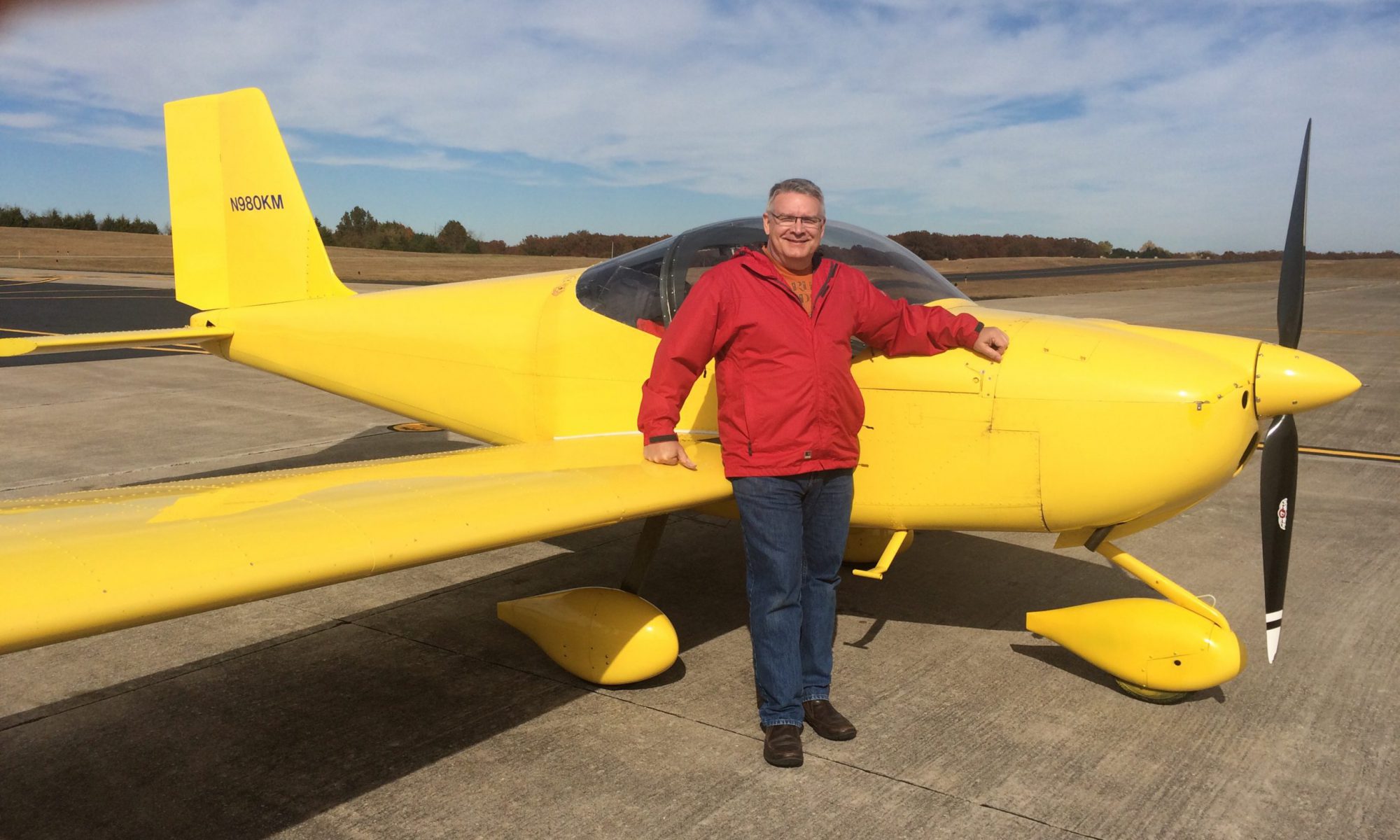Last night I watched the first episode of Halt and Catch Fire on AMC. I wanted to love it, was tempted to hate it, and in the end opted for neither one.
For those of you who don’t know me, I lived through the period in question, and in the same industry… although not working for TI, or a fictitious Texas OS vendor, or even directly in the PC end of things. Still, those were some pretty exciting times. I was fixing mainframes for a living, but lived and breathed microcomputers every day. When micros first came on the scene (we didn’t call them “PCs” until well into the 80s), it was like the Wild West, in all the good ways. There was opportunity around every corner. I would be hard pressed to count the number of companies making computers in the pre-IBM days; some very cool things were being done by a lot of gifted and smart people. I remember one in particular, a machine made by Ohio Scientific that had multiple processors (6800, 6502 and Z-80 if I remember right) and could boot different operating systems depending on your mood.
Anyway, the first bit of bad news came during the opening scene — a typed-text description of the “HALT AND CATCH FIRE” machine instruction. It’s a simple concept, easy to explain and even a little humorous. And they got it completely wrong. Stupidly wrong, in fact. I felt like a doctor watching Gray’s Anatomy or a cop watching Blue Bloods. Sigh…
It got a little better from there, but there was some really stupid technical nonsense thrown in for no good reason. Something real and believable would have been just as dramatic, or maybe even better. You can’t cut a soda can in half with a pencil soldering iron – and why would you need to to fix a Speak & Spell? I especially loved the scene where he’s tediously de-soldering connections on the back of the circuit board — then triumphantly extracts the chip FROM ITS SOCKET. And then of course there is the biggest non sequitur: ALL of the IBM Personal Computer’s schematics as well as the complete assembler listings for the BIOS were readily available from IBM, in the IBM Model 5150 Personal Computer maintenance manuals that anyone could buy.
So building a clone of the IBM PC was really pretty trivial from an engineering standpoint, and other manufacturers jumped in early and often. Most tried to build better machines that ran their own version of MS-DOS, and most used the same bus so that expansion cards were interchangeable. It took a while for the tyranny of the marketplace to grind everyone into making exact clones of the IBM machine, other than some speed improvements and of course much lower prices.
The list of ridiculously stupid technical gaffes is pretty impressive. The scene where they start reading out the BIOS? Well, first off, there were no white LEDs in 1983. You could have any color of LED you wanted as long as it was red, green or yellow. And binary 1101 is a hexidecimal D, not B. PC motherboards don’t arc and spark, and if one did it would be dead, dead, dead. His oscilloscope was displaying a stupidly Hollywood-ized pattern, and why would they need to use one anyway? Could they not read the pinout from a common EPROM data sheet? He’d just finished explaining how all the parts were off the shelf common stuff. And why would such a hotshot engineer not rig up an interface to his TRS-80 to read out the BIOS chip? For that matter… why not just type in a few lines of BASIC program to read out the BIOS and save it to disk, print it or display it on screen?
From a technical standpoint the show is senselessly over-dramatized in ways that really spoil a lot of the “geek appeal”. If you know much at all about the technical matter at hand you’ll spend half your time shaking your head and saying, “Wha?? No…” They did, however, seem to do a fairly decent job of catching the general tone of the period, and the story line (other than the glaring issue of the whole made-up BIOS thing) has potential. I just wish they’d have hired an actual technical consultant, or listened to him if they did hire one.







